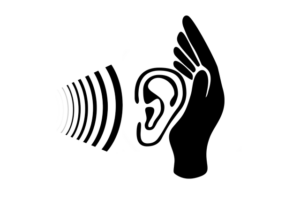 The operational principle of distributed acoustic sensing or fiber optic DAS is based on coherent Rayleigh backscattering in an optical fiber. Today the technology of acoustic sensing is regarded as a common technique for structural health monitoring of various dynamic actions in real-time. DAS applications in safety, security, and integrity monitoring systems promote the steady growth of the fiber optic DAS market.
The operational principle of distributed acoustic sensing or fiber optic DAS is based on coherent Rayleigh backscattering in an optical fiber. Today the technology of acoustic sensing is regarded as a common technique for structural health monitoring of various dynamic actions in real-time. DAS applications in safety, security, and integrity monitoring systems promote the steady growth of the fiber optic DAS market.
Fiber optic acoustic sensors offer the opportunity to measure various changes in environmental parameters provoked by numerous events over long distances. The applications of DAS technology include transportation, oil and gas, and process control systems, herewith, they continue increasing. Additionally, distributed acoustic sensing allows performing measurements of both slowly changing (for instance, temperature or static strain) and fast-changing parameters (dynamic strain or vibration) providing fast and precise monitoring in real-time.
Therefore, DAS systems for the mentioned measurements are required to pay careful attention. Despite numerous developments that have been made in distributed acoustic sensing to increase the measurement speed over short distances with high spatial resolution, measurements at long distances remain considerably slow. Nevertheless, fiber optic acoustic sensors provide interesting alternatives for fast distributed measurements over long distances.
Such developments in distributed acoustic sensing as “use of high ER pulses to reduce coherence noise, fast denoising in the optical domain using optical pulse coding technique, generation of high ER pulses using nonlinear Kerr effect, and the identification of pulse shapes robust against modulation instability” enable to enhance the performance of fiber optic acoustic sensors.
Moreover, recent advances in DAS make the sensing systems cost-effective, highly precise, herewith, these acoustic sensors do not require accurate alignment resulting in tuning vibration measurement to a particular point in the optical fiber. Thus, new DAS systems promote the speed of measurement beyond the previously established theoretical limit set by the sensing distance. The technology of new fiber optic acoustic sensors is based on the application of “colored” probe pulses or linear frequency multiplexing.
Finally, the improved distributed acoustic sensors have higher spatial resolution due to the use of tweaking of the conventional set up to make the optical noise lower, and more accurate quantitative measurement of an external impact thanks to frequency shift measurements and direct phase demodulation techniques.
Optromix is a DAS system manufacturer that provides top of the line distributed acoustic sensing systems suitable for monitoring of commerce networks. If you have any questions or would like to buy a DAS system, please contact us at info@optromix.com

